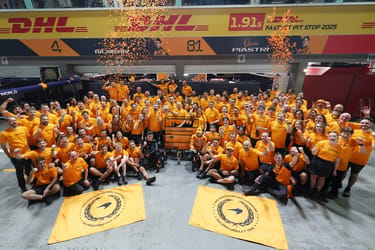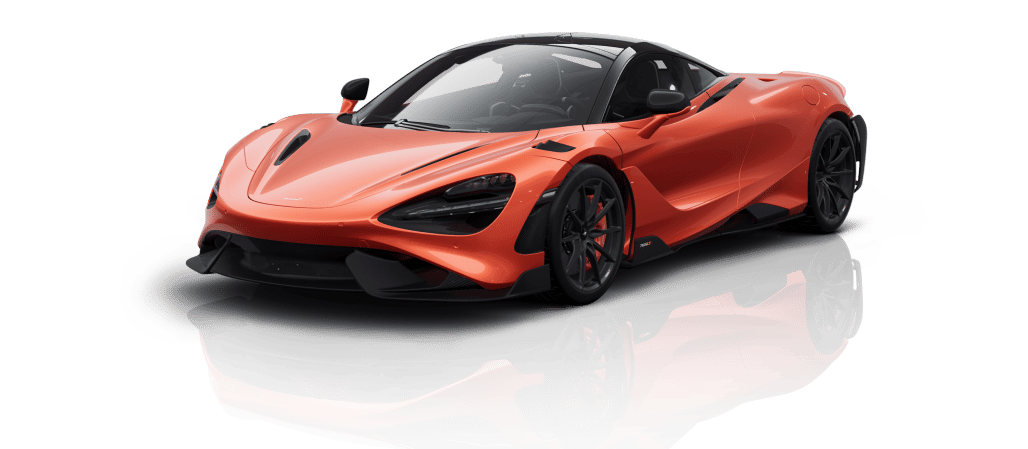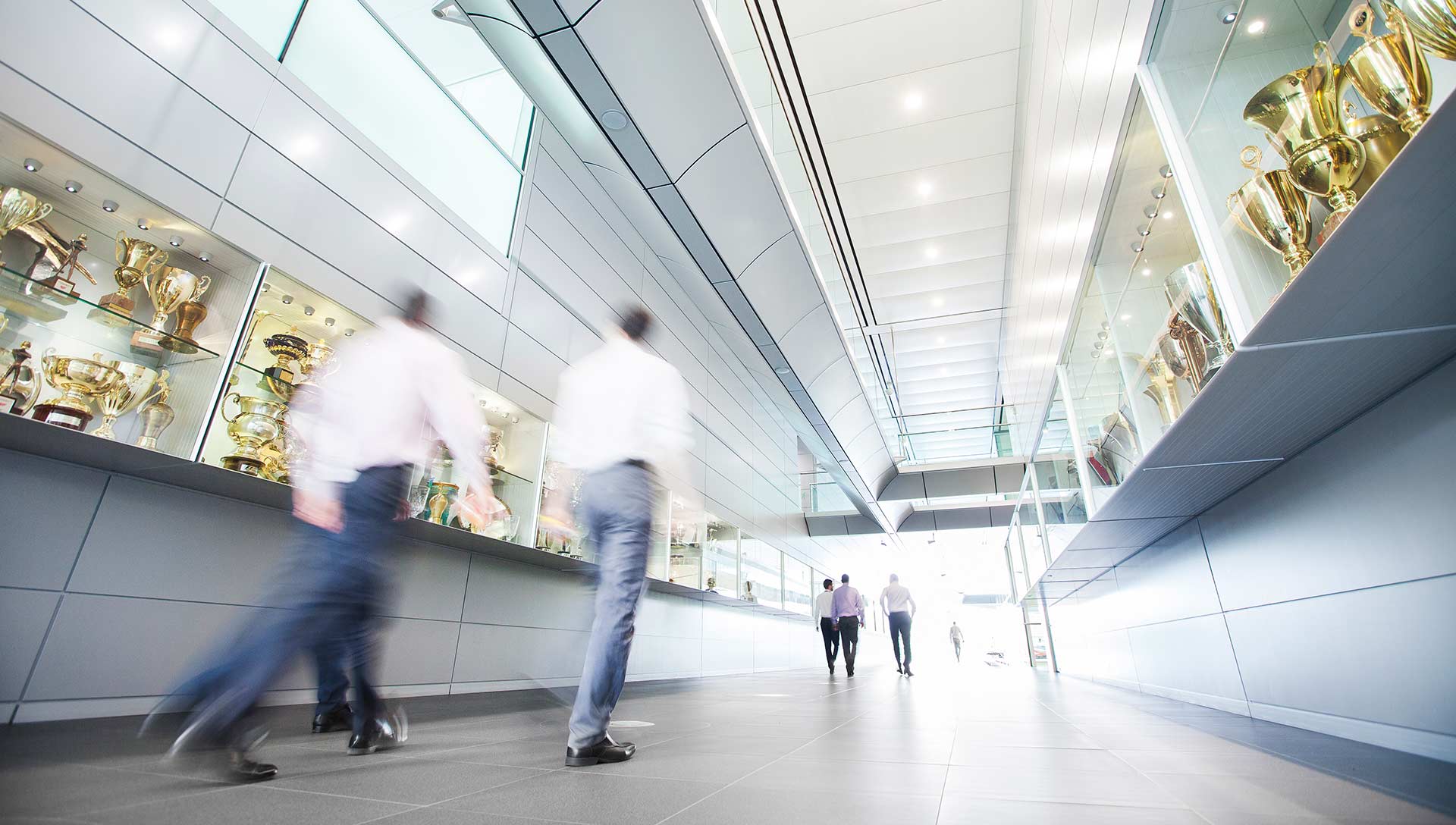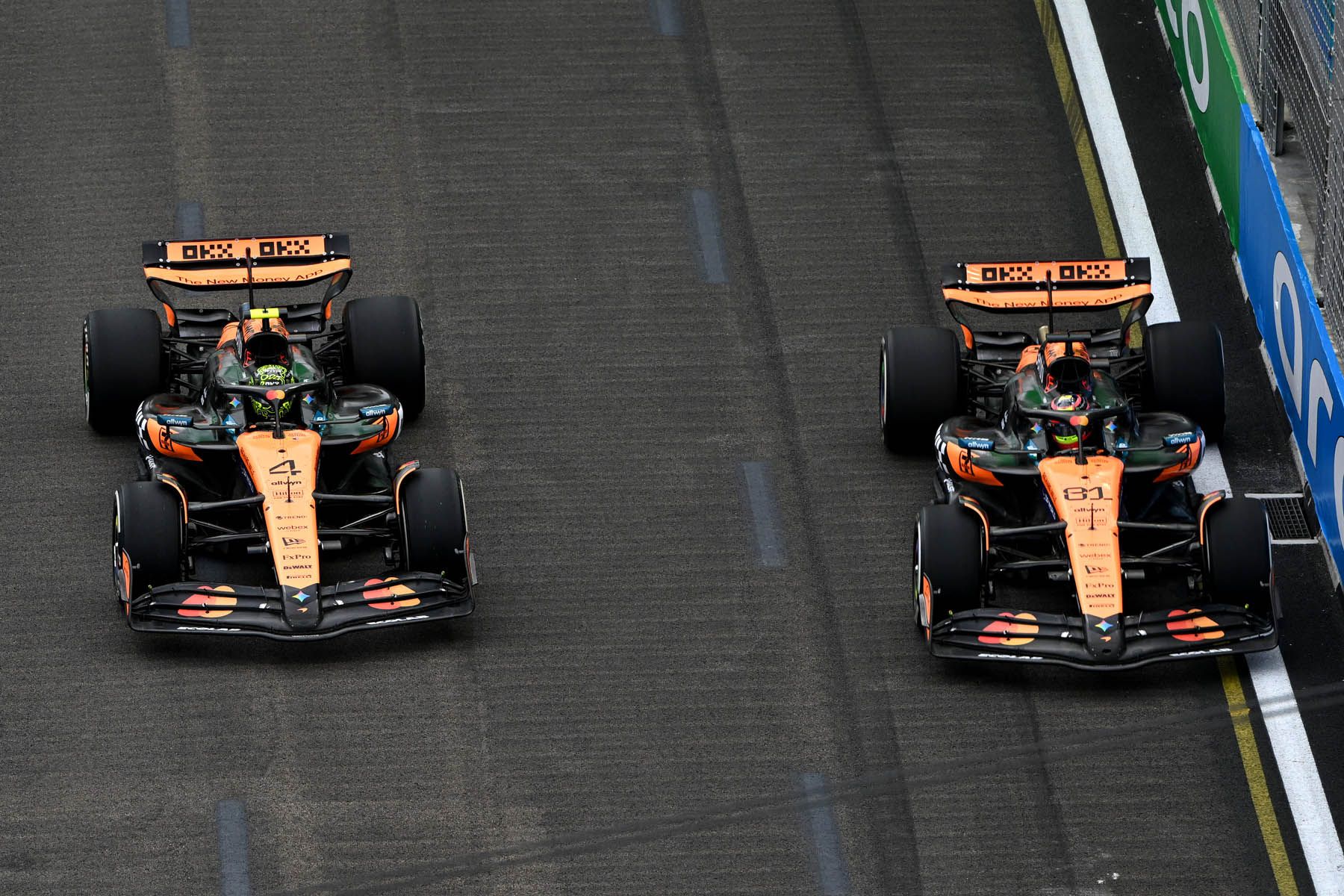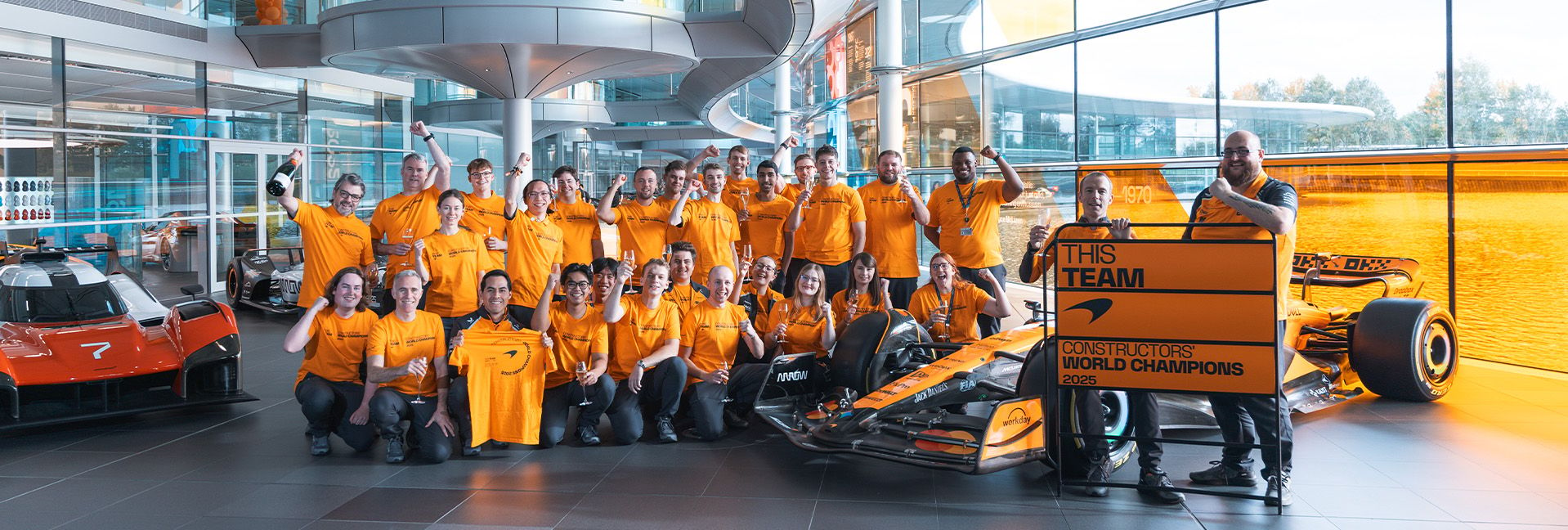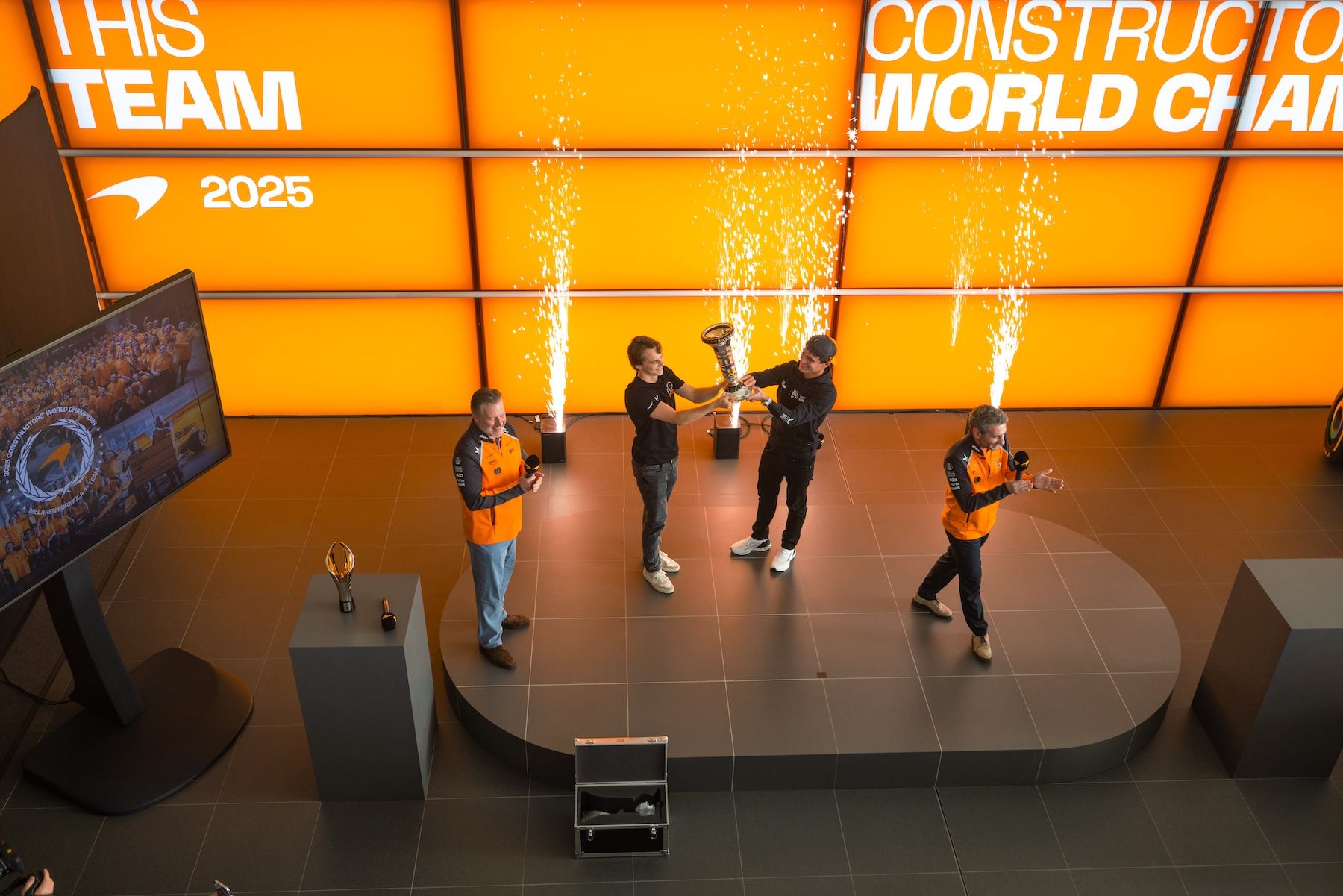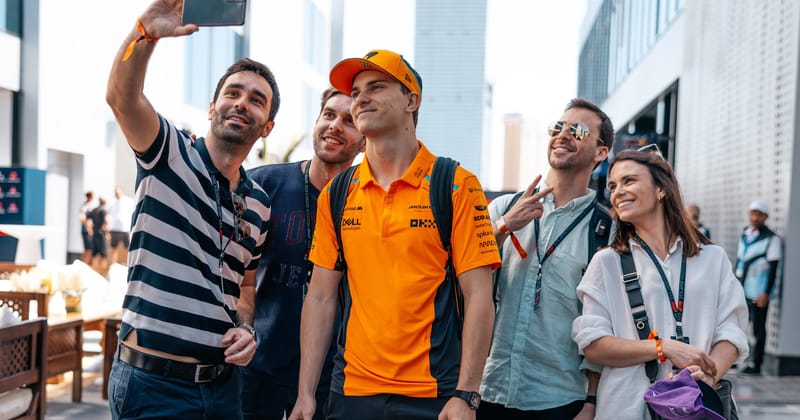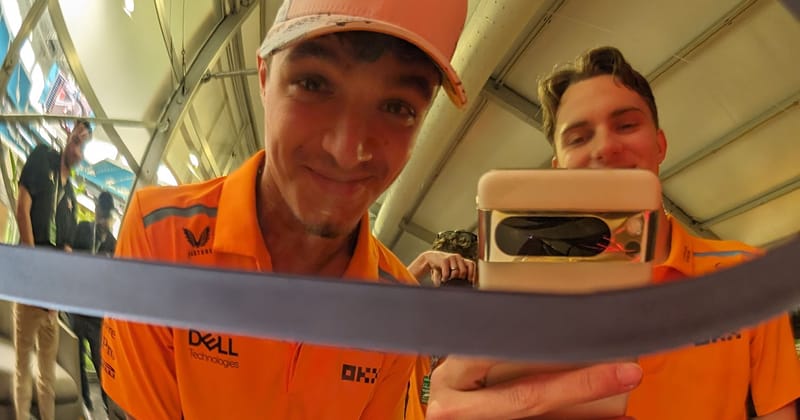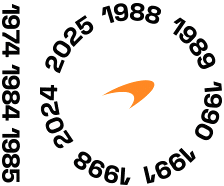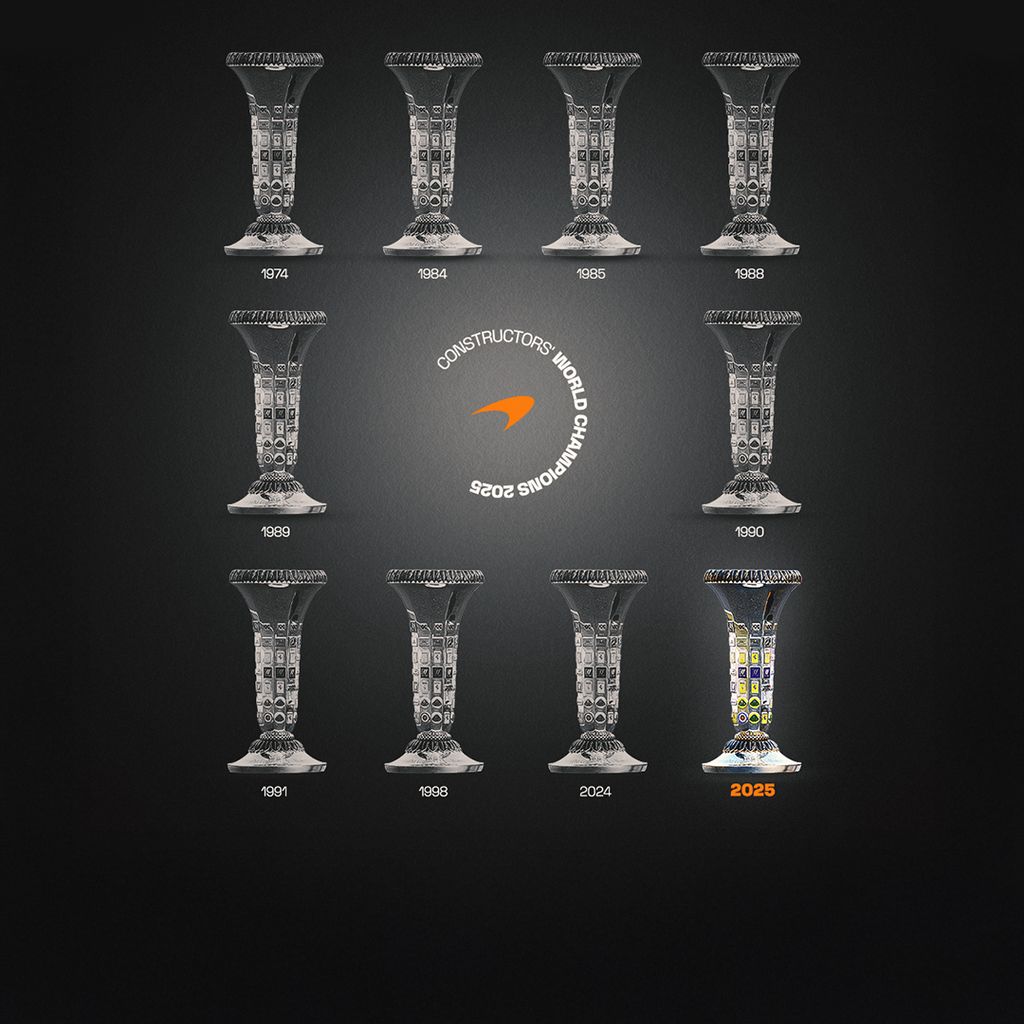
The title-winning 10
How each of McLaren’s Constructors’ title triumphs unfolded
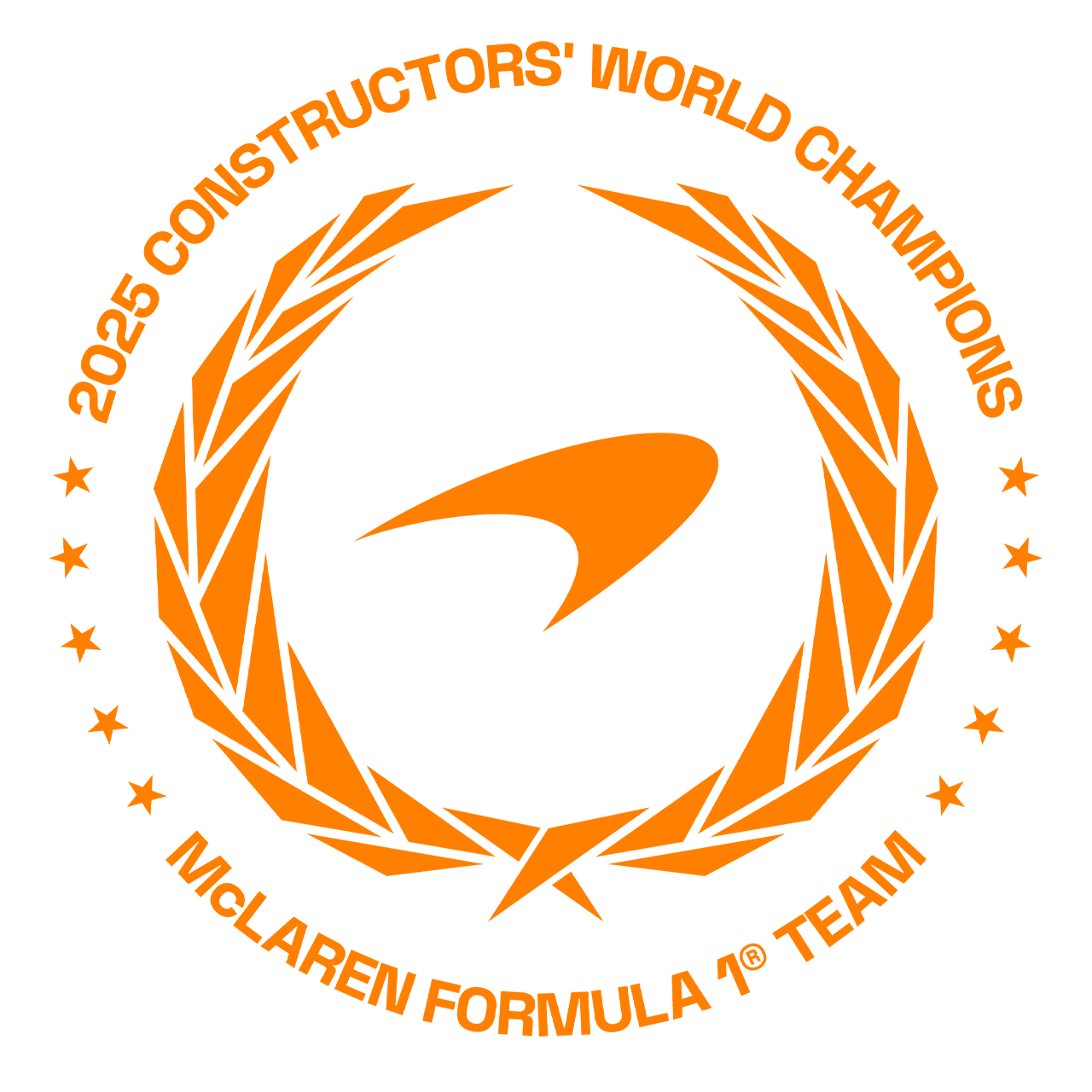
Read time: 13 minutes
As our trackside and factory-based teams celebrated a second successive Constructors’ World Championships, around 7,000 miles apart, in Singapore and Woking, they were following in the footsteps of the nine illustrious McLaren teams that came before them.
Fifty-one years on from the first, our 10th Constructors’ title triumph makes us the outright second most successful team in F1 history. Each has its own story that is remembered in the history books, and our runaway 2025 triumph now joins the other lauded Championship-winning campaigns in the team's distinguished history.
Here, we’ve taken a look back at each of our 10 Constructors’ Championships and how they were won.
1974
The breakthrough
After establishing itself as a frontrunner, the team introduced the M23 in 1973, which elevated the team’s fortunes. 1972 World Champion Emerson Fittipaldi was recruited to drive the team’s charge a year later, and in a refined M23, the Brazilian was able to fight Ferrari’s Clay Regazzoni for overall honours.
Emerson prevailed at the finale in Watkins Glen, finishing fourth, a result which also clinched us the Constructors’ Championship for the first time, in a scoring system where only the lead car earned points for the team. Emerson was complemented by 1967 World Champion, Denny Hulme, who had been pivotal in ensuring the continuation of the team after Bruce McLaren’s untimely death in 1970. Clinching the Constructors’ title was also a fine way for Denny to bow out after a prolific career, as he departed Formula 1 following seven years with us.
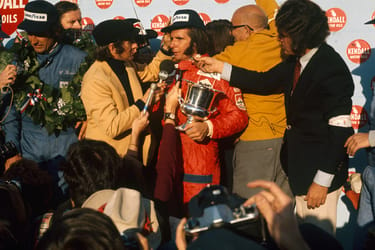
1984
Return to glory
It would be another decade before the second world title arrived, but it did so in fine fashion. The John Barnard-designed MP4/2 was the class of the field, and the leading TAG-Porsche engine provided a timely boost. On the driver front, Alain Prost rejoined, after three years with Renault, to partner F1 icon Niki Lauda. Although not the strongest around one lap, the reliable, fuel-efficient, and rapid MP4/2 dominated in race trim, allowing Niki and Alain to duel it out for the Drivers’ title. Between them, they scooped 12 victories from 16 Grands Prix, with Niki pipping Alain to his third and final title by a margin of just half a point.
The Constructors’ crown was a formality, wrapped up three rounds early, when Alain led a one-two finish around the dunes of Zandvoort, where no other team finished within a minute of the MP4/2s. A final score of 143.5 points resulted in a gap of 86 points over nearest rival, Ferrari.
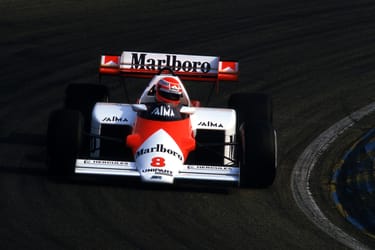
1985
Retaining our crown
An evolution of our 1984 winning-car, the MP4/2B ensured the team remained on top in 1985, although it was a significantly closer season, with our rivals all making gains. Alain led the team’s charge, and took five victories, though blended his instinctive desire to win at all costs with a need to accrue the points, after twice missing out on a title. This helped Alain to fend off the advances of Ferrari’s Michele Alboreto to seal his maiden Championship.
Unfortunately, Niki had a leaner season. He missed two races due to an injury, and finished only three Grands Prix – though one of those results proved to be a victory, his last in F1, at Zandvoort. Niki’s troublesome season meant the fight for the Constructors’ title went down to the final round of the season in Adelaide, and despite a rare double retirement, Ferrari was unable to out-score us, ensuring the trophy remained in our hands for another year.
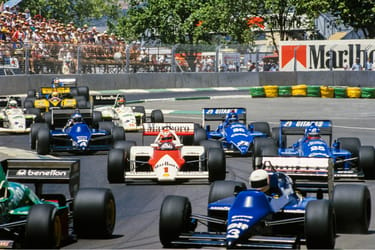
1988
Re-defining dominance
After finishing as runner-up in 1986 and 1987, the team went all-out in 1988. Ayrton Senna was signed to partner Prost, the team secured the best engine courtesy of Honda, and a design dream team of Gordon Murray and Steve Nichols produced the sleekly gorgeous MP4/4. The result was a year close to perfection. The MP4/4 was comfortably the fastest car, allowing Ayrton and Alain to dominate the season and contest the title between themselves, with Ayrton taking his first World Championship.
Ayrton and Alain collected 15 Poles and 15 victories – 10 of them one-two finishes – from 16 Grands Prix, and the MP4/4 led 1,003 of the 1,031 laps through the year. The sole defeat came at Monza, when Ayrton made contact with the lapped Jean-Louis Schlesser on the penultimate lap, by which time Alain had suffered a rare failure. One example of the MP4/4’s superiority came at Imola, where the car was 3.3 seconds faster than any other machine during Qualifying. The Constructors’ title was sealed in Belgium, with five of the 16 grands prix still to go, and a final points tally of 199 was more than triple the score achieved by our nearest opponent, Ferrari.
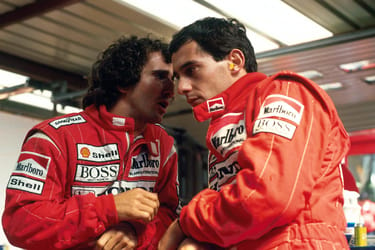
1989
Building a dynasty
There would be no repeat of the total domination of 1988, but the team remained at the head of the class by a good distance in 1989, as it began to establish a dynasty. With Honda producing its new V10 under revised engine regulations, the MP4/5 emerged as a potent machine and the class of the field. Ayrton and Alain once again contested the Drivers’ title, but amid a series of disputes, their relationship cracked. Despite the inter-team tensions, the Constructors’ title was wrapped up at Round 12 of 16, on the turf of Ferrari at Monza, after Alain claimed victory.
But there was little in the way of celebration, as Ayrton had retired due to an engine failure, while Alain’s victory came on the weekend in which he announced his departure to Ferrari – and he dropped the winner’s trophy into the arms of the Tifosi. Alain beat Ayrton to the title, after a contentious clash in Japan, and the team finished the year with 10 victories.
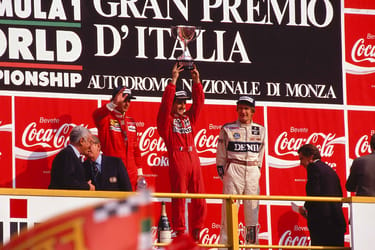
1990
Evolution not revolution
It was to be a year of chance, as a swathe of internal changes, along with the exit of Alain, resulted in a new-look McLaren, but the end result was the same. Ferrari, led by Alain, and Williams posed a stern challenge through the course of the campaign, though the MP4/5B - an evolution of its title-winning predecessor - remained the pace-setting benchmark. Ayrton and new team-mate Gerhard Berger scored 12 of the 16 Poles, while Ayrton claimed all six of the MP4/5B’s victories, setting up yet another title fight against Alain.
Matters came to a head at the penultimate round at Suzuka, where Ayrton – infuriated that Pole position was on the dirtier side of the grid – controversially clashed with Alain into the first corner at high speed. Ayrton clinched the Drivers’ title in the process, wrapping up a third successive Constructors’ championship.
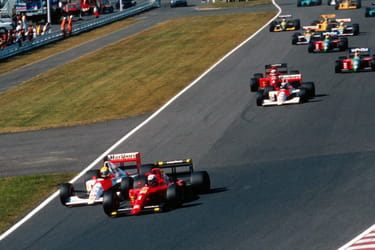
1991
Four on the bounce
Honda introduced a V12 engine for the new MP4-6, and it proved a potent start to the season, with Ayrton victorious across the opening four rounds of the campaign, all from Pole. That included an emotional home triumph in São Paulo, for the first time, exhausting himself due to the strain of grappling with a deteriorating gearbox problem in tricky conditions. A renewed challenge from Williams meant the remaining 12 Grands Prix yielded only four victories, and Williams led the way with two rounds remaining.
A one-two finish at Suzuka, where Ayrton clinched a third Drivers’ title, propelled us back into the lead of the standings, creating a tense showdown in Adelaide. A deluge struck Sunday’s Grand Prix, and amid a spate of incidents and accidents, it was called off after only 16 of the scheduled 81 laps. Ayrton’s win, and the half points that came with it, was enough for a fourth straight Constructors’ crown, the first time that any team had achieved such a feat.
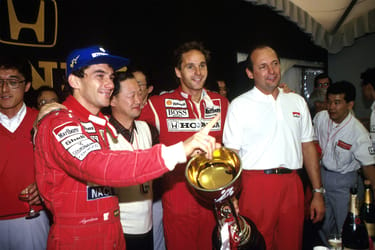
1998
Back on top
After several years in the doldrums, change was afoot for 1998, with the signing of design guru Adrian Newey complementing an already strong technical team, enhanced by the maturation of the partnership with Mercedes-Benz. The MP4-13 emerged as the fastest package, and Mika Häkkinen and David Coulthard proved to be a potent driver combination. The team accrued 12 Poles from the first 13 Grands Prix, as Mika spearheaded the charge and fought for the Championship against the Ferrari of Michael Schumacher.
The fight for both titles went down to the final round of the season, in Japan, with Mika delivering an emphatic victory amid intense pressure, and sealed the first of his two Drivers’ championships. The ninth victory of the season for the MP4-13 also secured the Constructors’ Championship for the team.
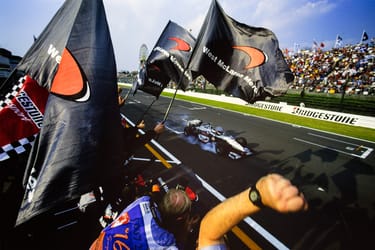
2024
Ending a 26-year wait
After a low-key start to the 2024 campaign, a strong update package in Miami propelled the MCL38 into regular front-running contention. Lando’s maiden victory in the Sunshine State was followed by Oscar’s first triumph in Hungary, and the consistency and pace of both drivers led to an unexpected shot at the Constructors’ Championship. A close three-way fight followed across the second half of 2024 between us, Ferrari, and Red Bull Racing, resulting in a tense title-decider in the season-ending Abu Dhabi Grand Prix.
Oscar’s prospects were hampered in a Turn 1 clash, but from Pole position, Lando scored the team’s sixth victory of the year was sufficient to beat Ferrari by just 14 points. It brought to an end a 26-year wait for a Constructors’ Championship, and was a testament to the hard work of the team, who had enjoyed a remarkable turnaround after a tough start to 2023, spearheaded by the leadership of Zak and Andrea.
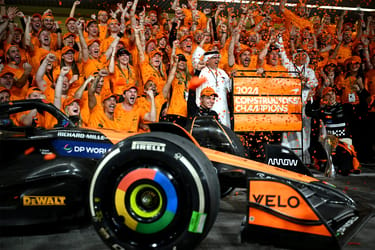
2025
A new era of dominance
The MCL39 picked up where the MCL38 left off, and the team led the way from the outset of the season in Australia. The relentless speed and consistency shown by Lando and Oscar ensured a comfortable points buffer was swiftly built up over our nearest opponents. A mid-season spell of 1-2 finishes put the championship within touching distance at record-breaking speed. So far, Lando and Oscar have combined to take 12 victories and 28 podiums – the most appearances on the podium for the team in a single season.
Third and fourth places in Singapore was enough to put the icing on the cake, sealing us our 10th Constructors’ Championship – putting McLaren a clear second on the list of all-time title wins – a record-equalling six rounds early. A whole host of other records could also be in sight before the Chequered Flag falls in Abu Dhabi in December, with both drivers in the hunt for a maiden World Drivers’ Championship.
